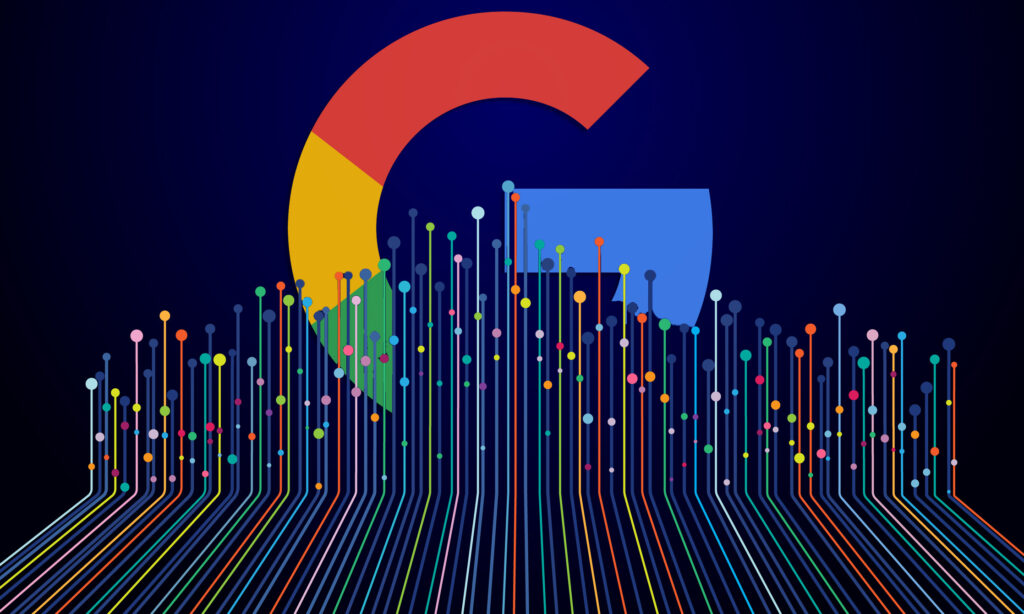How To Bulk Export GSC Performance Data For A Specific List Of URLs Using The Google Search Console API, Analytics Edge, and Excel
As I’ve been analyzing the impact from the August broad core update (I’ll have more to share on that soon…), I’ve been digging into drops and surges across sites. For larger-scale sites, I often come across pockets of content that I want to take a closer look at from a quality standpoint. And as part … Read more

